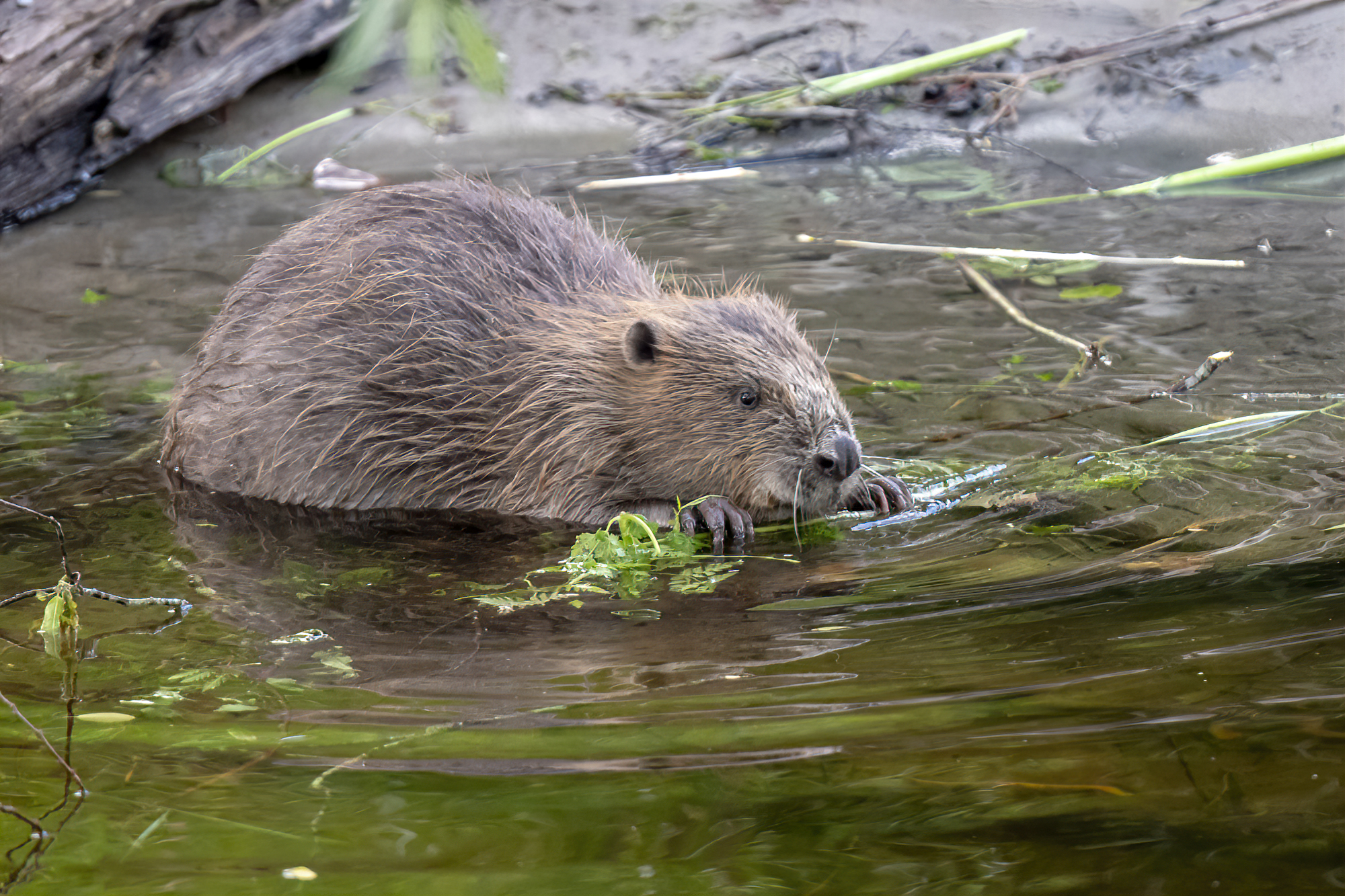Final call for views on bringing back beavers

Final call for views on bringing back beavers
Time is running out to share your views on the return of beavers to the Cairngorms National Park, after an absence of 400 years.
The Cairngorms National Park Authority is leading on the reintroduction proposals and is urging anyone with an interest to go online and complete this survey before the closure of the formal engagement process on 25 September.
Working with a range of partners, the Park Authority is aiming to release beavers on the upper Spey catchment at Rothiemurchus, RSPB Insh Marshes and on land owned by Wildland Scotland Ltd – but beavers cannot be captured, transported or released in Scotland without a licence issued by NatureScot.
As part of the licence application, officers at the Cairngorms National Park Authority need to collect and consider the thoughts and opinions of landowners, land managers, local residents and local communities. The six week consultation, which began on 14 August, has included five public events as well as the opportunity to comment online.
Jonathan Willet, Beaver Project Manager with the Park Authority said: “The response to the engagement process has been excellent with over 360 survey responses received so far, but we would like to hear from more people, particularly those who may not have been able to attend one of our public events.
“We have been speaking with a very wide variety of interested parties and have had specific meetings and events for farmers, crofters, land managers and residents, with more to come in the future. It is very important that any opinions and views are shared with us so I would encourage people to not miss the deadline. This is a highly significant moment for the Cairngorms National Park, with plans to return a lost species after 400 years.”
Beavers are considered ‘nature’s engineers’ with an incredible ability to rework, restore and re-naturalise the landscape, helping combat climate change and boost biodiversity. From coppicing riverside trees to damming smaller water courses, creating narrow canals and rich wetlands, beavers create the ideal habitat for wildlife to thrive, as well as slowing the flow of water which reduces flood risk downstream.
For more information or to make your views known, please go here.
Alert
Latest from the National Park
Update on wildfire situation
Convener Sandy Bremner and Chief Executive Grant Moir have given an update on the ongoing wildfire situation.
Statement on wildfires
An update from Grant Moir, Chief Executive of the Cairngorms National Park Authority, on the ongoing wildfires in Moray and Highland.
New Nethy houses get green light
Meeting in Ballater, the Planning Committee approved applications for a development of 35 houses in Nethy Bridge and a floodplain restoration scheme on the River Dee.
Relevant alerts
-
As a result of ongoing efforts to tackle wildfires to the north of the Cairngorms National Park, several roads are currently closed. Scottish Fire and Rescue are in attendance and the public are advised to avoid the area, including footpaths. Road users are asked not to ignore road closed signs.
The affected roads are:
- B9007 Ferness to Duthil
- U2379 Lochindorb Road
- B939 Ferness to Grantown-on-Spey
- U2347 Braes of Castle Grant
For all the latest information check out the Scottish Fire and Rescue Service and Police Scotland website and social media.




